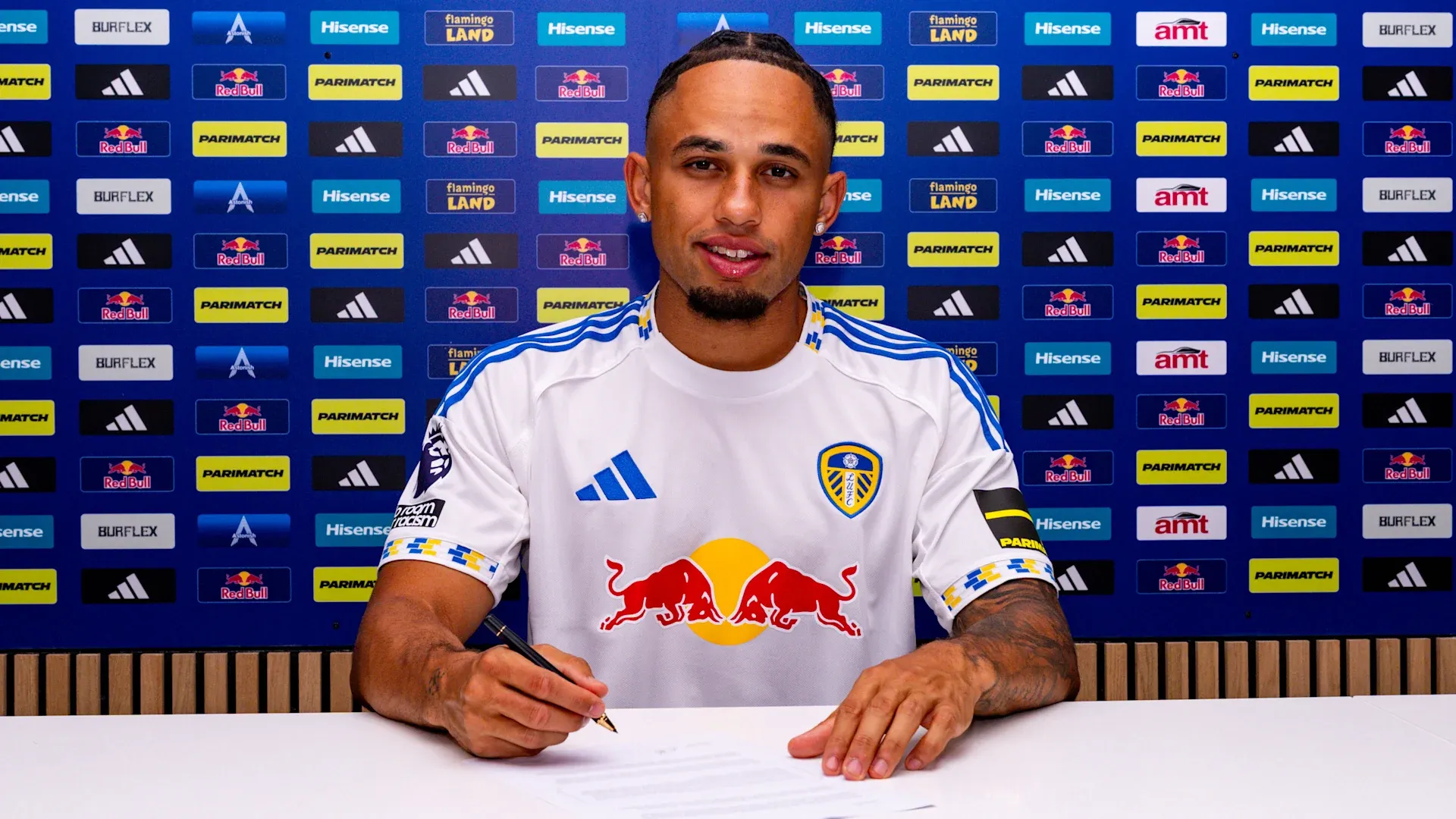
Ref-Cam in the Premier League: Innovation or Gimmick?

On Sunday, August 25, the Premier League trailed a new broadcast innovation: a referee-worn camera during Newcastle United’s 3–2 defeat to Liverpool at St. James’ Park.
Referee Simon Hooper was equipped with a small head-mounted device, delivering live footage directly from his perspective. It marked the first time Ref-Cam had been used in a live EPL broadcast, following earlier controlled trials.
Fans saw incidents such as Ryan Gravenberch’s opening goal from Hooper’s vantage point — a first-person perspective of the Dutch midfielder sprinting into the box before finishing past Nick Pope.
The Reaction: “Unwatchable” or “Fascinating”?
Reaction to the broadcast was mixed.
- Some supporters praised the added immersion. One fan posted on X: “That Gravenberch goal looked incredible from the ref’s angle. Feels like you’re on the pitch.”
Gravenberch goal from ref cam pic.twitter.com/iMjWwmvOiN
— George (@George_Zur) August 25, 2025
- Others strongly criticised it, with comments such as “Made me feel sick” and “Unwatchable, it needs to go” gaining traction on social media.
Refcam btw. One of the worst features they've ever implemented.
— Sean (@SeanDOlfc) August 26, 2025
Mic’d-Up Referee Audio: A Parallel Experiment
Alongside Ref-Cam, Sky Sports also trialled live referee audio during Hooper’s conversations with players. This became particularly notable in the red card incident, where viewers could hear the referee’s reasoning in real time.
The decision to dismiss Newcastle pseudo-striker Anthony Gordon was accompanied by Hooper’s explanation, broadcast to audiences at home. For many, this transparency felt as significant as the camera innovation.
While the mic’d-up moments were short, they echoed rugby union’s long-standing practice of giving fans access to referee dialogue — something football supporters have long requested, especially during contentious decisions.
A Technology with History
This was not Ref-Cam’s first appearance in football.
- In April 2024, referee Jarred Gillett wore a camera during Crystal Palace’s 4–2 win over Manchester United. That footage, however, was used only in post-match highlight packages, not in a live broadcast.
Premier League referee Jarred Gillet will wear the first "RefCam" used in the league during Crystal Palace vs. Man United 📹
— ESPN FC (@ESPNFC) May 6, 2024
The head-mounted device will provide the referee's point of view on how decisions are made and how he interacts with players 👀 pic.twitter.com/gobIxddtYo
- Club World Cup (2025): Ref-Cam was tested at FIFA’s Club World Cup, with refereeing chief Pierluigi Collina calling the footage “beyond our expectations” for helping audiences understand officials’ perspectives.
I don’t care what anyone says the ‘Ref Cam’ at the CWC is absolutely amazing.
— herculez gomez (@herculezg) June 16, 2025
Game changer.
pic.twitter.com/Li39Mz82u0
- Rugby union has long used referee cameras in major international and domestic fixtures, offering stable insights into scrums and player dialogue.
The Premier League’s live trial represented the next step — but also highlighted the difficulty of adapting the concept to a sport where the referee is in near-constant motion.
Where It Might Work Best
The experiment raised a wider question: what is the best use case for Ref-Cam in football?
- Live matches: The instability makes it difficult to watch for long stretches, suggesting it may never be viable as a continuous feed.
- Replays & analysis: Short clips — such as Gravenberch’s goal or referees explaining dissent — are more digestible and could enhance both highlights and referee education.
- VAR support: Ref-Cam footage could, in theory, supplement video assistant referees by offering unique angles of contentious incidents. However, this would raise concerns about privacy, editing rights, and referees’ comfort with being recorded so intimately.
A Step Forward, With Caveats
The Premier League’s willingness to experiment with Ref-Cam reflects a broader trend in sports broadcasting. With younger audiences consuming content in shorter, more immersive formats, innovations that bring fans closer to the action are increasingly valued by broadcasters.
But as the Newcastle–Liverpool trial showed, novelty can clash with practicality. Viewers want innovation, but not at the cost of comfort.
For now, Ref-Cam may be best suited to highlights, replays, and educational packages — a tool to humanize referees and provide fresh perspectives, rather than a primary live angle.
Final Verdict
The Premier League’s first live Ref-Cam broadcast was both a success and a failure: a breakthrough in access but flawed in execution.
It showed the potential of new technology to deepen fan understanding of the game yet also revealed the limits of immersion in a sport defined by speed and constant movement.
Whether Ref-Cam becomes a fixture of Premier League coverage or fades as a gimmick will depend on how broadcasters refine its use. For now, the experiment has done its job — sparking debate and showing that football’s presentation is evolving, even if the ride is a little shaky.
Most Read









